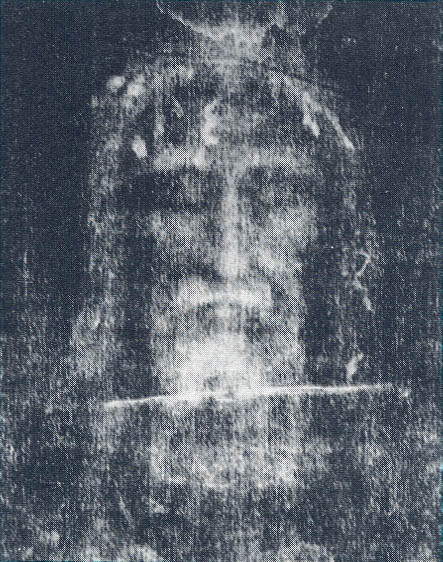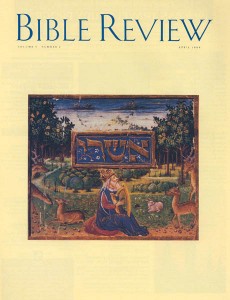Has the Shroud of Turin Been Dated—Finally?
Sidebar to: Two Questions About Crucifixion

The cardinal of Turin, Anastasio Ballestrero, announced to the world on October 13, 1988, that radiocarbon tests on the Shroud of Turin had dated the cloth with 95 percent certainty to between 1260 and 1390. Venerated for centuries as the authentic burial sheet that wrapped the body of Jesus, the shroud, according to church authorities in Turin as well as to most other people, must now be understood as a medieval cloth bearing the image of a naked man.
The cardinal was reporting the independent test results achieved at three respected radiocarbon laboratories selected by him, on the advice of his scientific advisor—at Oxford University, at the University of Arizona and at the Federal Institute of Technology in Zurich. Supervision was by the British Museum. Each laboratory received a postage stamp-size piece of the shroud as well as two other control samples of known date, including a piece of cloth from Cleopatra’s mummy, from about the first century B.C., and a Nubian tomb cloth from the 11th century A.D. The dating results on all of the samples at each of the labs were in tight agreement.
Already a library member? Log in here.
Institution user? Log in with your IP address.

